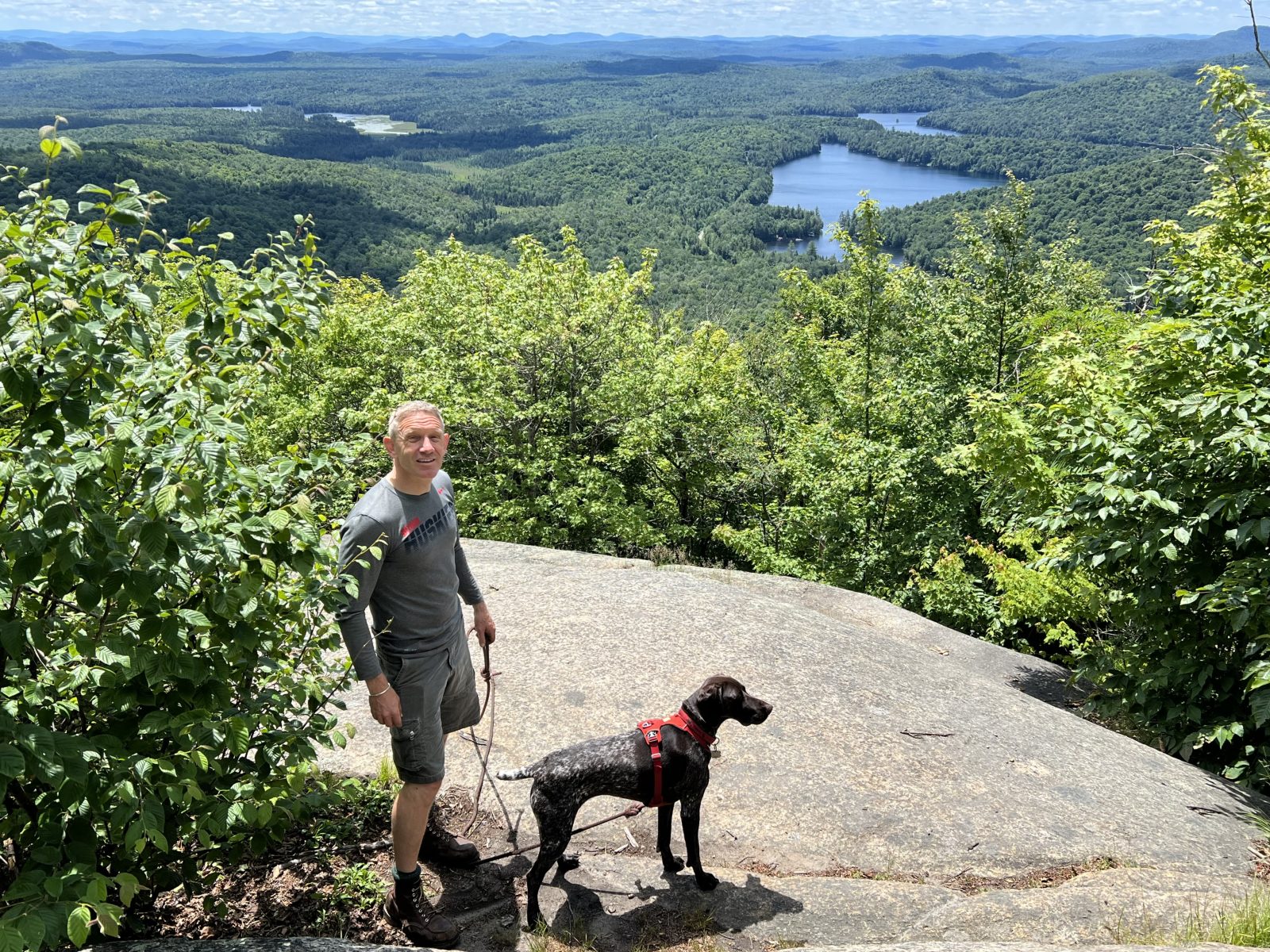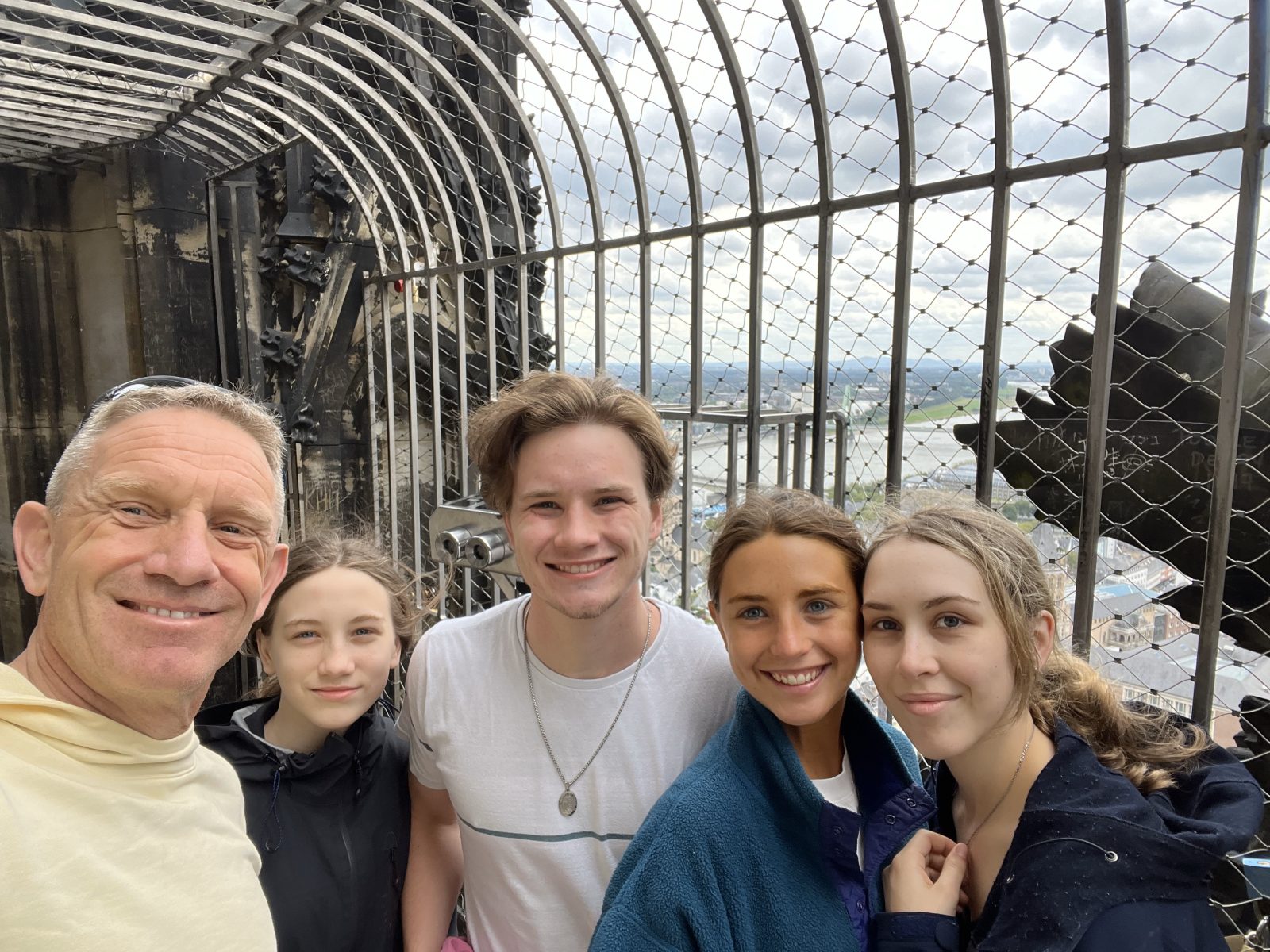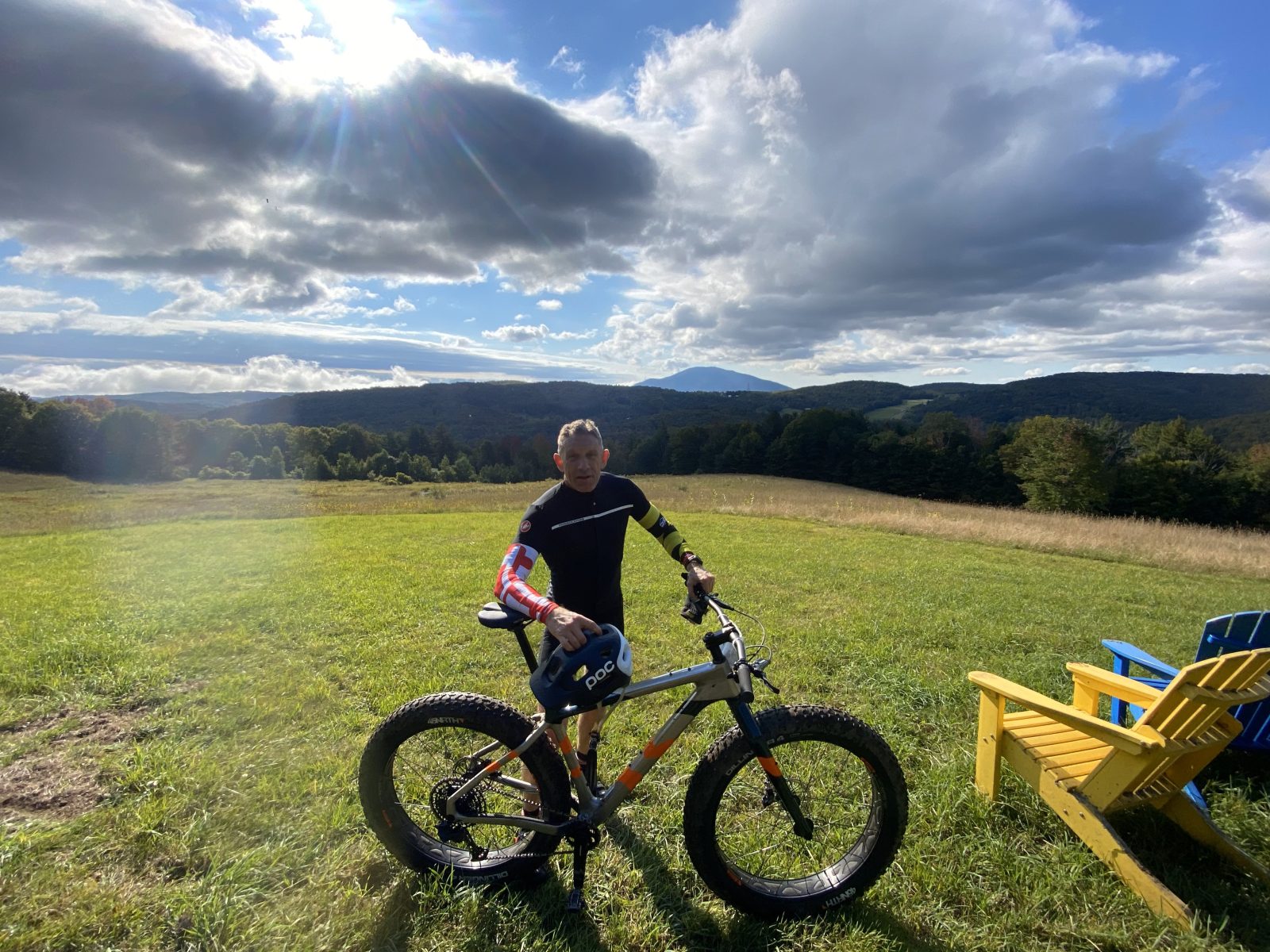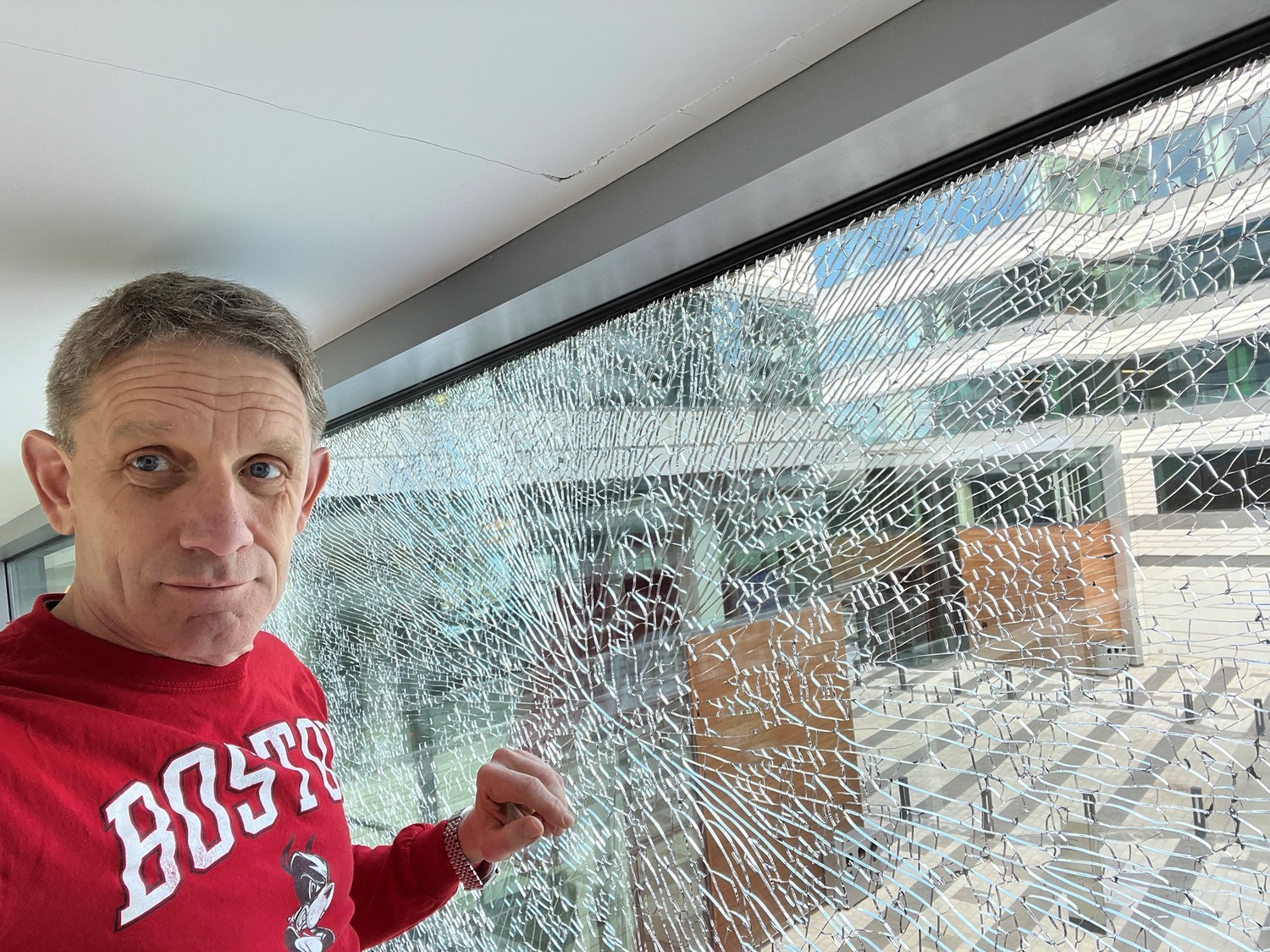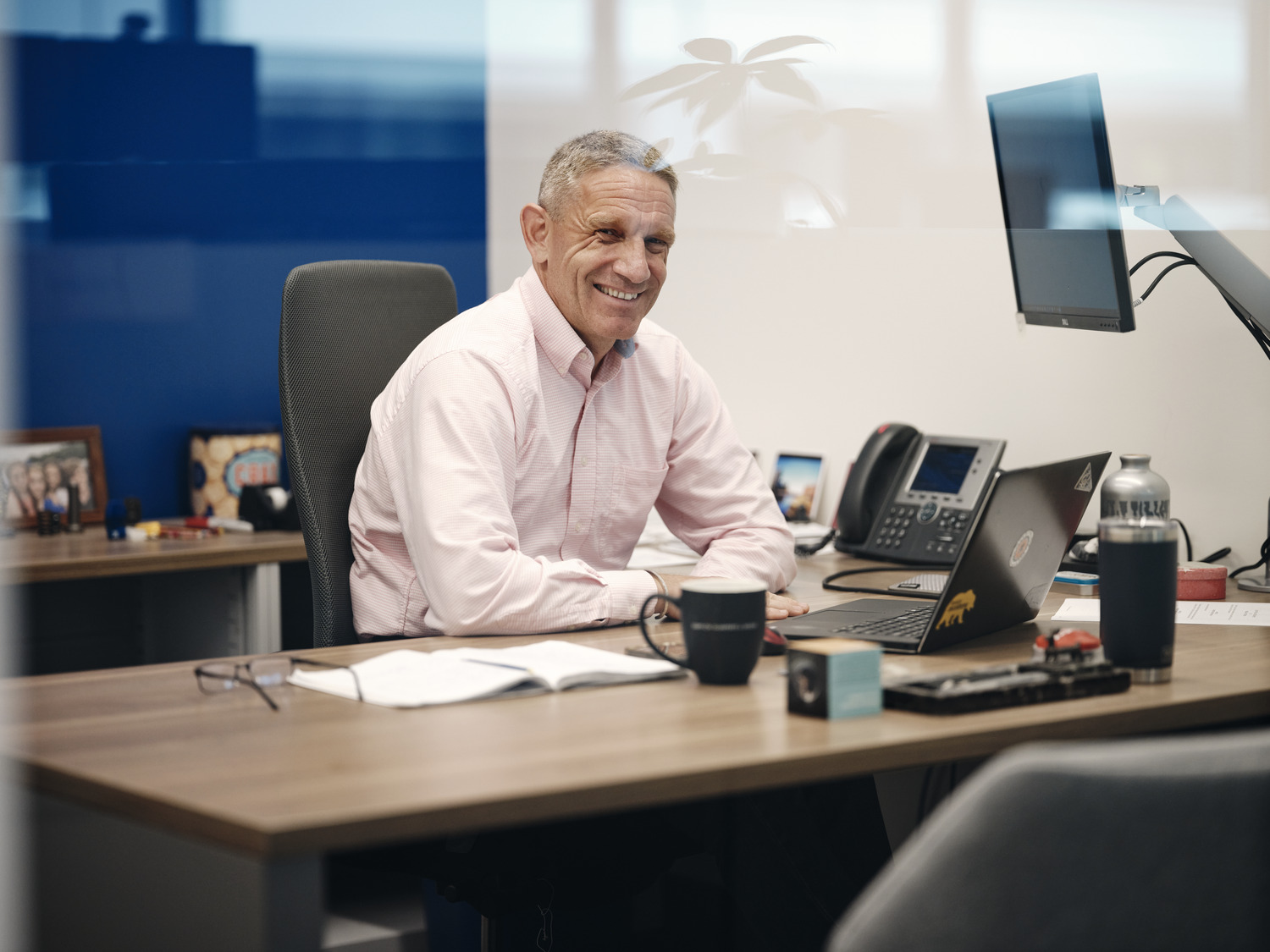Faces of SGH: Nik Vigener
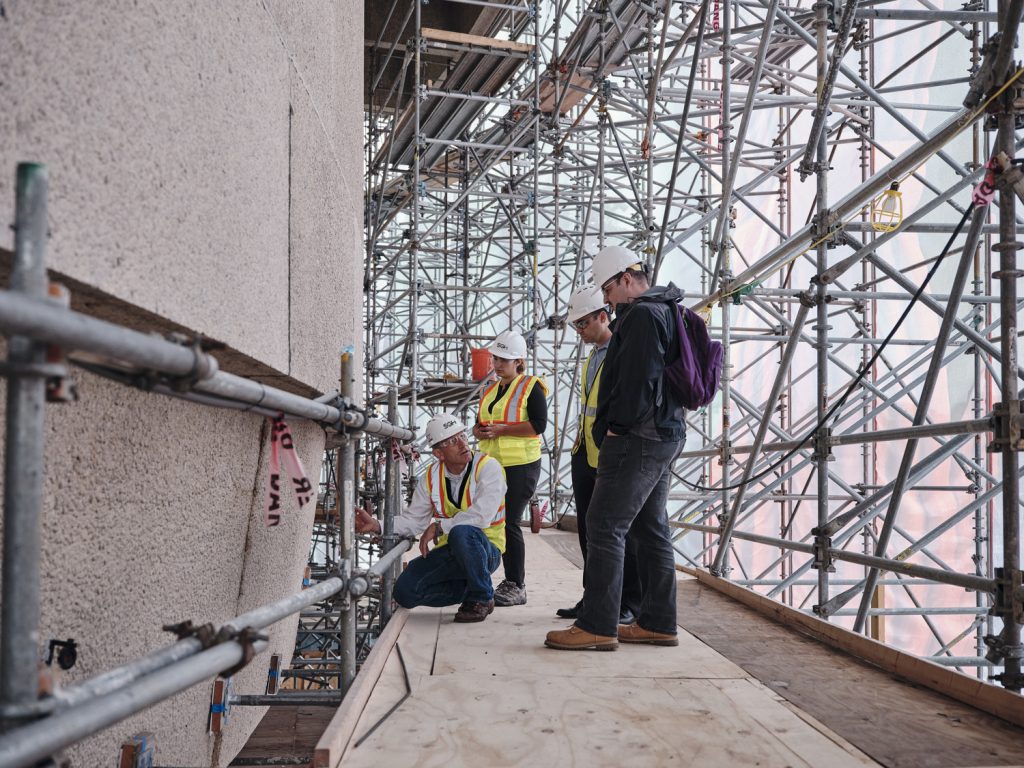
As we continue to celebrate SGH surpassing 750 employees, we’re getting to know the team members that make up our incredible SGH family. Next up: Nik Vigener.
Nik’s Key Stats:
- Joined SGH: 1994.
- Current role: Chief Technical Officer, Waltham, MA.
- Education: University of California, Berkeley, CA (M.S. in Structural Engineering); Clarkson University, Potsdam, NY (B.S. in Civil Engineering); State University of New York, Potsdam College, Potsdam, NY (B.A. in Physics).
- Three words to describe yourself: Dedicated, leader, and dad.
- Superpower: Seeing promise, ambition, and intelligence where it may not necessarily be apparent.
- Favorite place: Cranberry Lake, NY. My family owns a lake house there and I love nothing more than running to the water at dawn like I did when I was young.
- Favorite food to cook: Potato pancakes using a recipe handed down from my mother, grandmother, and great-grandmother.
- How you unwind: Reading a book. It calms, relaxes, and teaches me. I’m currently working on “The Oregon Trail: A New American Journey” by Rinker Buck.
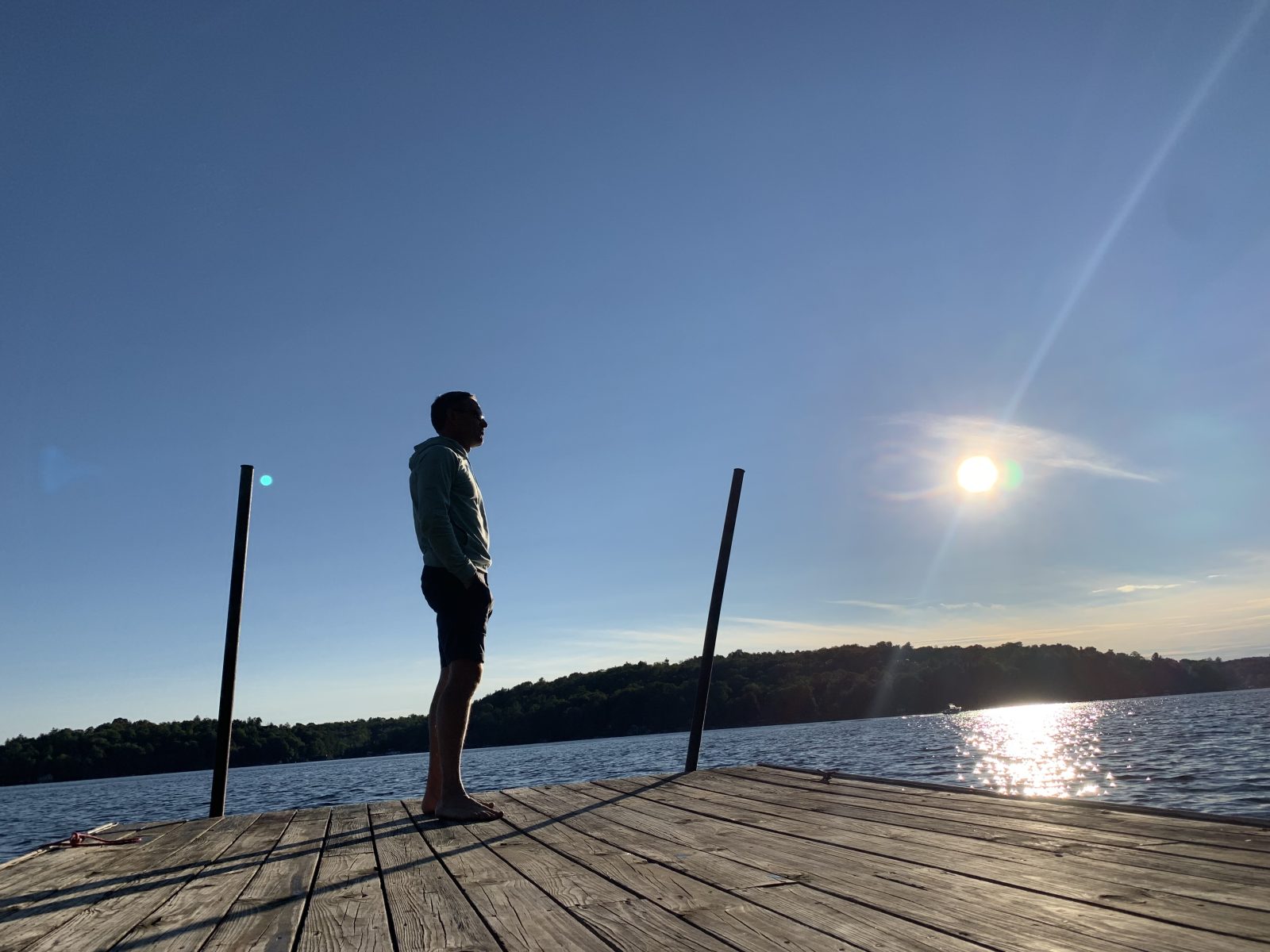
What’s your first memory of SGH?
Rejection. (*Laughs*) I first interviewed for SGH on the West Coast, but they didn’t hire me. At that interview, though, I met someone who was visiting from SGH’s Boston office. He had no authority to interview me, but he did and told me I should get in touch with him in Boston. The rest is history. Ultimately, this taught me that one individual can have a major impact, even if they aren’t part of leadership or even far along in their career. Back in Boston, I interviewed with Glenn Bell (who would soon be SGH’s Chief Executive Officer) and Tom Schwartz (who was our President at the time). The way they explained their work had a way of making it come alive. They drew me in and excited me to start a career with SGH.
How can someone establish a fulfilling career with SGH?
Be open to learning, growing, and changing. During my time at SGH, I’ve been given many opportunities that I was able to make my own. I encourage every team member to take each opportunity and run with it. Something special about SGH is how we look at every new hire as a future leader. We create opportunities for every individual to grow so they can explore all aspects of their career.
What advice do you have for future leaders?
I think strong leadership begins with being a strong engineer. Focus first on solving the problem correctly. Start with the assumption that you’re going to solve the problem, then draw in all the experience around you to come up with a plan. If you take that methodology with you as a leader, you can be confident that you’ll be helping others succeed around you.
When I get up in the morning, I know that I want to put the people around me in a position to succeed. This requires me (and all effective leaders) to take a step back and consider what the team needs. Another key thing is to use the minds around you. Few of us get everything right on the first try, but we’re part of a community of learners. It’s important to bounce your ideas off people and check in on the little details to make sure you’re getting them right.
What’s your favorite memory at SGH?
I was about a year into my time at SGH and was working late on a set of drawings. Back then, we had to print the paper drawings, bind them, and bring them to the shipping store before they closed. My team was pushing through the final phases and we realized we had a critical step left—the cover letter describing the design. It needed to be typed, printed, and signed, and I felt so overwhelmed. At that moment, Tom Schwartz—who was my boss’s boss’s boss—stopped by because he saw the stress we were under. He asked me for my notes and sat down and typed up the cover letter. It was essentially a clerical task but that allowed us to get everything shipped in time. Tom’s actions really encapsulated how I feel about SGH. It was about doing what was needed to advance the team at that time, no matter what it may be.
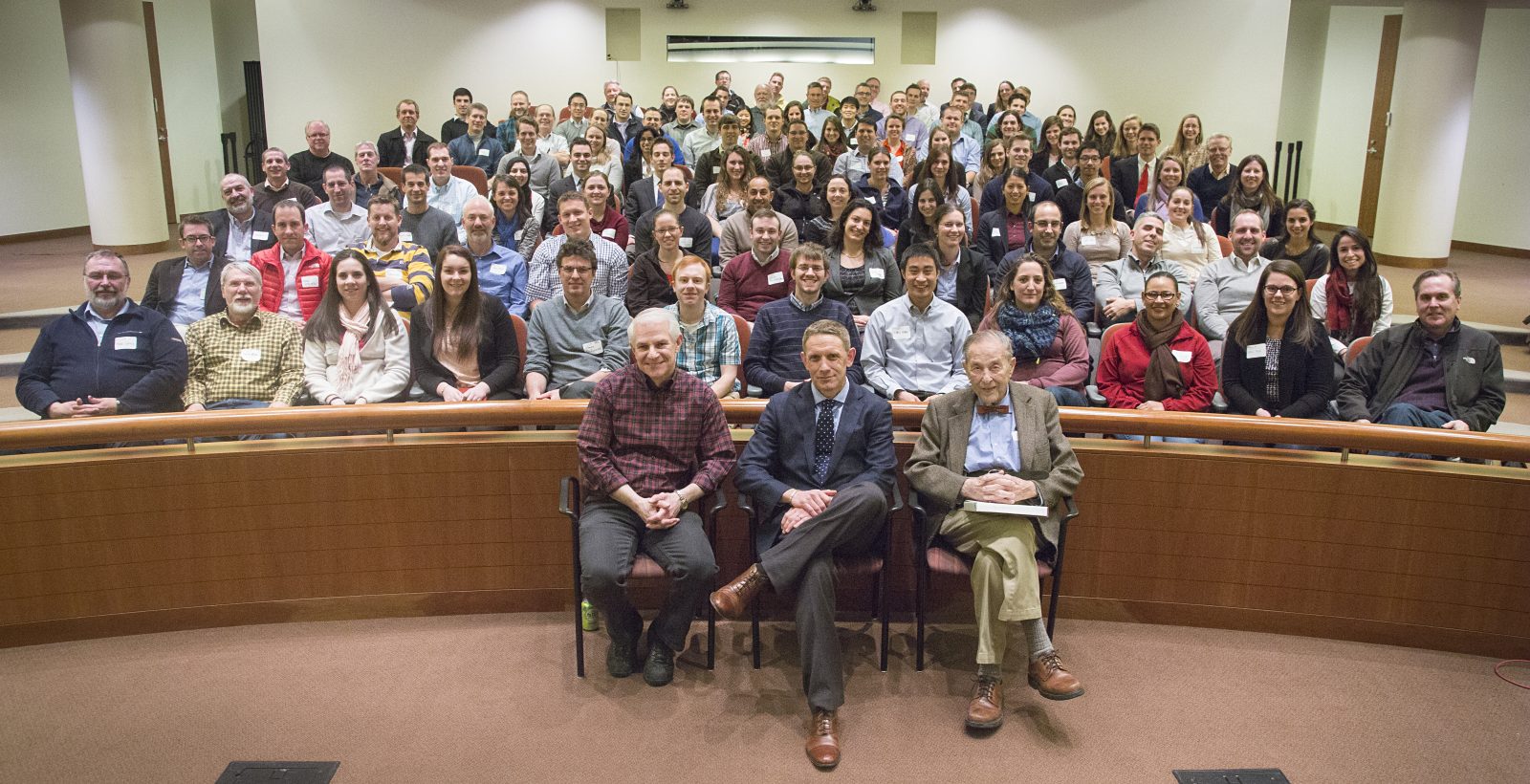
Have you had a mentor while here?
Dean Rutila was my first boss, and I worked with him on my first project—the Sterling Library at Yale University. Dean was an exceptional mentor and I carry his lessons with me to this day. He would often send me to meetings with the owner, contractor, or designer where I was the most junior person there. But what he did the day before was really the important thing, which was role-playing. We’d review every possible question and how I could best respond. The way Dean prepared me gave me credibility because I could walk into the room with confidence, knowing I had the answers. I’ve been with SGH for thirty years and I still go to Dean with questions—both technical and business-related. He’s the technical heart of SGH’s Building Technology group and provides candid and honest advice about anything I’m working through.
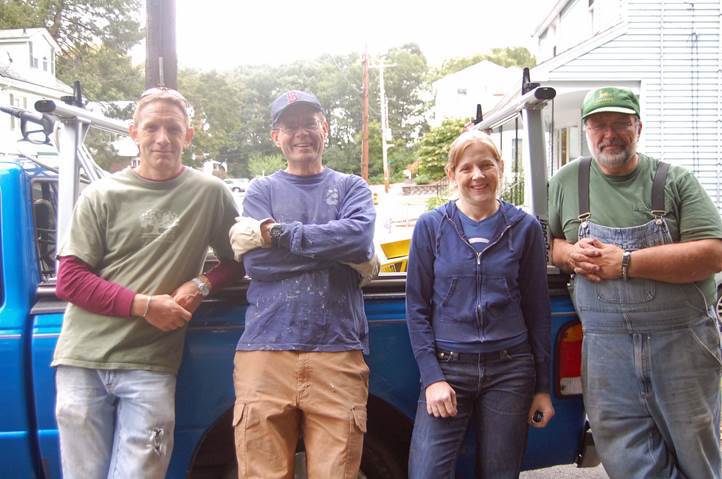
What’s the best piece of advice you’ve received?
I’ve received great advice over the years, but the one that sticks out was from a contractor friend of mine, Jeff. He always said, “Nik, nothing needs to be solved right now.” I can sometimes be impulsive and impatient and want to make decisions immediately. Jeff would sit me down on one of those big buckets at construction sites and tell me to take ten minutes to think it over and the problem will likely appear in a completely different light. This taught me that things are never as dire as they seem, and you can often improve the outcome if you take a little time to think things through.
What does the 750 milestone mean to you?
It’s a big moment. When I first shared the news of the milestone, I thought about the people I hired twenty years ago and how great they are doing. And then I thought about my first day, I am guessing as employee 100, and what a better firm, not just a bigger firm, we are now. One of the best parts of my job as a leader is seeing our people succeed—especially those I hired when I was a new partner, establishing the office in Washington, DC. Some of my first hires there didn’t have the right background on paper, but when I interviewed them, it was clear that they had the ambition, smarts, and drive to be successful. Now it’s ten, fifteen, twenty years later and they’re highly successful corporate or technical leaders.
We may be bigger, but it’s also wonderful to see that we’re largely the same. I think if any of our founders were to step through the door of any of our offices and talk with the people about their work, they’d immediately recognize the firm they established in 1956. The culture has remained so strong, and the things we can tackle now are amazing. The diversity and creativity of the people we have here have far surpassed anything I imagined when I first joined.

